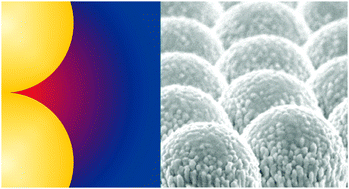US Scientists have successfully used second harmonic generation (SHG) measurements to probe the complicated plasmon resonances arising from inter-particle interactions within nanoparticle networks.
Kenneth Knappenberger Jr. and Manabendra Chandra from Florida State University performed systematic polarization-resolved single-particle SHG measurements on solid gold nanosphere dimers. In addition, continuous polarization variation (CPV) experiments were used to obtain single particle non-linear optical data. They were able to demonstrate the superiority of their technique over measurements that rely exclusively on linearly polarized light to study structure-specific plasmonics.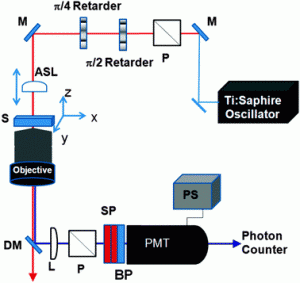
A large SHG depolarization ratio was measured when the two nanoparticles forming a dimer were in close vicinity of each other. CPV spectra of single dimers revealed large inter-dimer variations, which can only be described by including magnetic-dipolar interactions.
Their work represents an important step towards a predictive understanding of the optical properties of nanostructured materials.
Read this HOT PCCP article today:
Nanoparticle surface electromagnetic fields studied by single-particle nonlinear optical spectroscopy
Manabendra Chandra and Kenneth L. Knappenberger
DOI: 10.1039/C2CP43271D, Paper











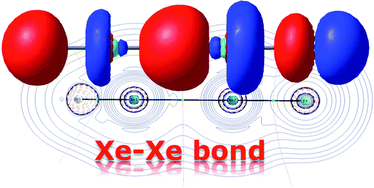 The inherent lack of reactivity of the noble gases is so entrenched in the collective mind of the population, that even though noble gas containing compounds have been known for decades, the identification of new ones is still extremely exciting. I was therefore delighted to come across
The inherent lack of reactivity of the noble gases is so entrenched in the collective mind of the population, that even though noble gas containing compounds have been known for decades, the identification of new ones is still extremely exciting. I was therefore delighted to come across 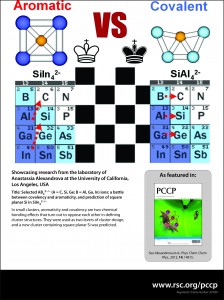
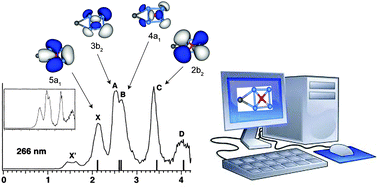 In this fascinating PCCP Perspective
In this fascinating PCCP Perspective 